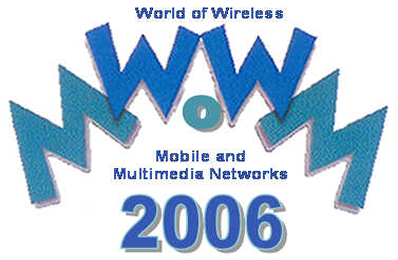KeyNote 2
Networking in a Heterogeneous, Intermittent World
Kevin Fall
Intel Research Berkeley
Intel Corporation
Abstract:
| Our
understanding of data networks has conventionally been strongly shaped
by a graph theoretic model of communicating parties and connectivity
among them. Using this model, we've built the Internet protocols
with assumptions of addressing, routing, performance, temporal stability
and homogeneity. Now, the Internet and even the underlying graph
theory model is showing signs of stress, and there is some agreement
that a new model and network architecture that can handle such issues
as mobility, disconnection, and heterogeneity, is desirable. In
this talk, I will recount how we arrived at the current inflection point
for our understanding of data networks, discuss the types of stresses
we need to address, and offer some thoughts on possible future
directions. In addition, I will describe how the implications of such an intermittently-connected architecture on the design of multimedia-based applications, which involve the generation and transmission of often high-volume, time-sensitive content. |
Short Biography - (Mar 2006)
Kevin Fall
http://www.cs.berkeley.edu/
Kevin Fall
is a principal engineer at Intel Corporation's Berkeley Research Laboratory.
He holds a Ph.D. in Computer Science & Engineering from the University
of California, San Diego. He was co-founder of NetBoost Corporation
(now an Intel Company) in 1997 and is now co-chair of the Delay Tolerant
Networking Research Group (DTNRG), part of the Internet Research Task
Force (IRTF). As chair of DTNRG, he has been involved in the formulation
of DARPA’s Disruption Tolerant Networking
program. Recently, he was elected to the IETF's Internet Architecture
Board (IAB), and selected as a member of the DARPA/IDA 2006/2007 Defense
Science Study Group (DSSG). He will spend the summer of 2006 at
Woods Hole Oceanographic Institute as a visiting scholar working on
the application of DTN to marine surface and underwater acoustic networks.
He has been a technical program committee or chair for various workshops
and conferences including Infocom, SIGCOMM Future Directions in Network
Architecture, SIGCOMM Workshop on Delay Tolerant Networks, and SIGCOMM
Challenged Networks Workshop. He was also a principal architect
of the network simulator NS2 in the mid 90's and author of the open
source version of the BSD Unix cat program.


